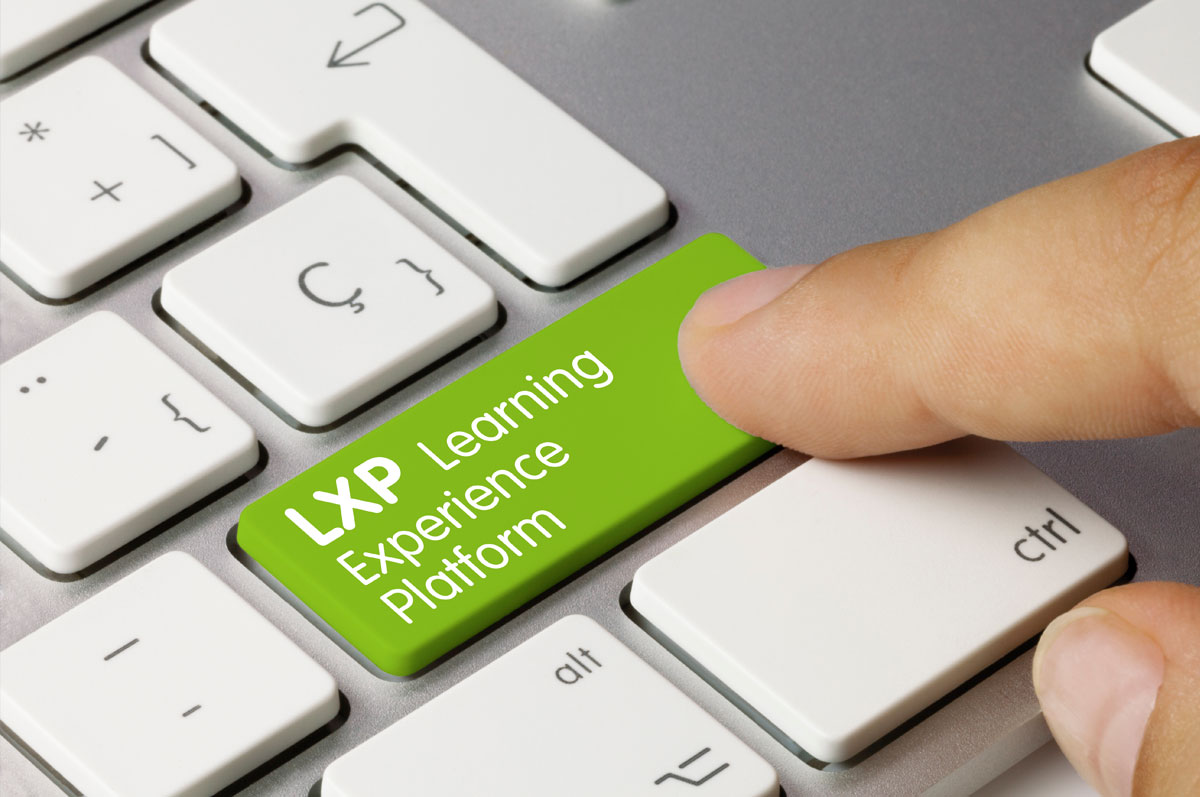As we enter the phase of easing out on pandemic protocols, it is safe to say that remote working is here to say, either partially or fully integrated into the workplace. Over 54% of employees have said that they would consider leaving their job post-pandemic if they are not given flexibility in some way or another.
This has led to more and more companies adapting to a hybrid setting, which means you are most likely to continue onboarding new employees remotely for the foreseeable future. Starting a new job is a challenging and anxiety-inducing process for any employee. It becomes even more challenging if they have to do it entirely remotely.
As an employer, it is your responsibility to make sure your new hire is properly onboarded. In fact, 88% of companies don’t onboard well, and did you know good onboarding increases employee retention by 82%.
Here are some simple steps to help you ace that onboarding process and win over every person who decides to work for you.
Step 1: Get the setup right
First things first, make sure your new hire has adequate infrastructure to support their job responsibilities with you. This covers everything from office furniture to adequate WIFI. The system they work on should be in a good condition as well. 58% of businesses have provided their employees with new hardware to help them work better.
Provide them the needed tools and software such as access to the internal communication platforms or subscriptions for needed tools. Enabling them with the right tools helps ease their nerves about starting the new position. They feel more ready as they already have the setup and simply need to formally begin now.
Step 2: Meet your team
Normally, a new hire would have umpteen opportunities to interact with their colleagues when they join a company. Virtual onboarding gives them no such opportunity. Meeting one’s team is important as it helps create a sense of team identity for both the new hire and the team.
To do this virtually, video calls are the best option. Putting a face to a name tremendously helps the team get familiar and build connections with one another. It doesn’t need to be the whole office, just their immediate team would do. If they are introverted in nature, some more encouragement might be needed to really help them settle.
Step 3: Train digitally
Onboarding is a process that involves contracts, forms, booklets, manuals, and documentation along with training. Transforming your training programs into eLearning modules helps create a library of resources that is completely digital and can be accessed time and again.
You can search specific parts, replay them over and over again, and most importantly, go paperless. eLearning modules can be used for both in-office and virtual onboarding in the same way and are far more accessible. eLearning increases retention rates by 25 to 60% compared to the meager 8-10% of traditional onboarding.
By using a Learning Management System (LMS), you can onboard batches of employees together or scale resources as needed. An LMS benefits the onboarding process by ensuring all new hires get the required training content and also facilitates easy training delivery, among many other benefits.
Step 4: Get their input
One of the aspects of onboarding employers often overlook is—surprisingly—getting input from the employee that is being onboarded. Personalization is just as important as creating a well-structured onboarding process. Every employee has different needs that only they can communicate to you best.
Asking for their feedback instantly helps them feel valued and lets them know you truly care about their well-being. Knowing what works and what doesn’t also help you refine the onboarding process for future hires. You can get feedback through forms, survey questions, or one-on-one meetings.
Conclusion
Remote onboarding is here to stay and effective onboarding has never been more critical than it is today. Companies that do not do a great job with their onboarding are not able to retain their employees for long. This is why it is important to ace onboarding both in-office and virtually.
Take the challenge head-on and plan out the onboarding process the best you can. Take it as an opportunity to showcase your company culture and create a valuable employee in the form of the new hire. Be prompt with them, be honest, and take it one step at a time.
A trustworthy LMS can make your goal of creating a robust onboarding process much easier. Schedule a call with our experts to learn more about the Totara LMS and its features.

